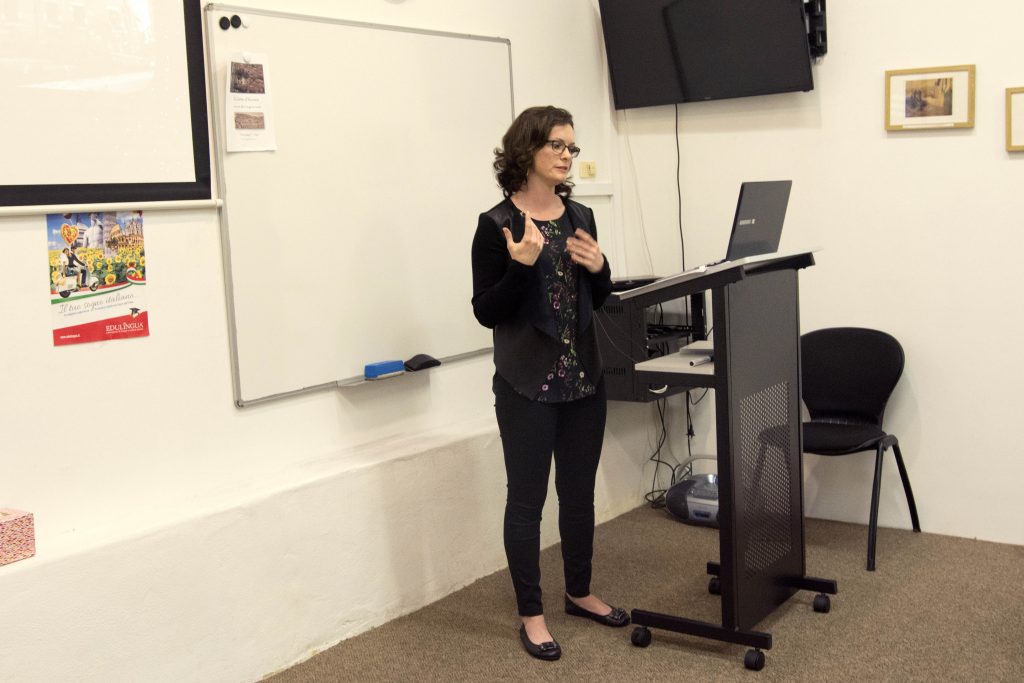
By: Caroline Smith
A recent seminar held at the Dante Alighieri Society in North Perth took attendees back in time to 16th century Venice, to learn about the history and culture of the city’s Jewish ghetto.
The event, held on the evening of Friday 5 May was presented by Helen McCready, who is writing her Master’s thesis on the topic at the University of Notre Dame Australia (UNDA).
Ms McCready told The eRecord she had not initially planned to study the ghetto in Venice, but became drawn to it while pursuing other research.
“I have always been interested in Italian history knew I wanted to research an aspect of the Jewish community in Italy,” she said.
“I was reading a lot about the period of World War II when I came across a chapter in a book about the Venetian ghetto which was the first created in Italy in 1516.
“I had visited Venice a few times but had never visited the ghetto there and was really intrigued to discover more- in particular about how the Jewish community adapted to this small segregated island on the outskirts of the city, and how they created the amenities, shops, schools and synagogues upon which their daily life revolved.”
Indeed, her presentation at Dante Alighieri focused on the day-to-day life of the ghetto, from the development of synagogues to housing arrangements and the work of clothing vendors known as ‘strazzaria’ who brought commerce from other parts of the city.
Jewish communities had been present in Italy since the Roman times, with some settling in the Veneto region. However, a war between Venice and the League of Cambrai in 1509 brought many of them to the city itself, leading to the setting up of the ‘Ghetto Nuovo’ in 1516.
“It was a difficult period, and the Venetian Senate found themselves in a tricky position because they needed the commerce of the Jews and they couldn’t afford to completely expel them,” Ms McCready said.
“So as a compromise and as a way of appeasing the Christian public, they declared that all Jews would have to move to live on an island on the outskirts of Venice, a small island in the area of Cannaregio.”
“The Jewish community was bound by a curfew whereby the gates were locked at sunset and then opened again at sunrise, and the gates were under constant surveillance by Christian guards. During the day when the gates were open, Jews and Christians could move quite freely in and out of the ghetto.”
Ms McCready said that visiting the Venetian ghetto for research – including during its 500th anniversary last year – had been a highlight of her study.
“I have travelled to Venice three times over the last few years to visit Venetian archives, libraries, and of course the Ghetto,” she said.
“Some of the most memorable experiences included doing my first guided tour through the Ghetto synagogues, visiting the Venetian State archives and the Jewish library and visiting the exhibition Venice, the Jews and Europe 1516- 2016 at the Palazzo Ducale in Venice last year which coincided with the anniversary.”
Ms McCready added that she is hoping to complete her thesis this year, with the help of principal supervisor Dr Milena Vico – who is Adjunct Research Fellow at the University of Notre Dame Australia, and Vice President of Dante Alighieri Association – and secondary supervisor Professor Chris Wortham, also at Notre Dame.